Pagan Cultures
There are 3 pagan cultures that are commonly described as some of the oldest and most influential in the development of modern funeral practices. They are the ancient Egyptians, the ancient Greeks, and the ancient Romans. While all of their pagan funeral customs were certainly interesting in their own unique way, there is a bit of a debate as to which one played the heaviest role in shaping modern funeral services.



Influence of Pagan Cultures on modern funeral practices
Ancient Egyptians Pagan Funeral Customs
One of the longest lasting civilizations in human history, it is no surprise that the Ancient Egyptians were crucial in influencing modern funeral traditions.
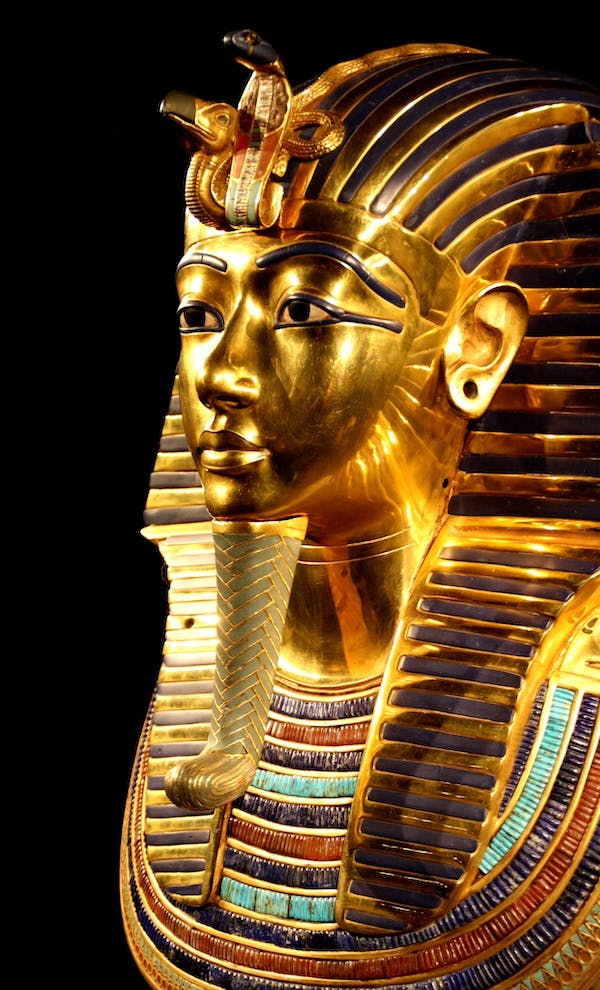
The ancient Egyptian’s pagan funeral customs were heavily influenced by their religious beliefs. They worshipped the Sun and the Cult of Osiris, which shaped their perception of death. They also had a high level of reverence for the dead as shown by many of their funeral practices. It was rooted in their belief system that death was not final. As a result, they would mummify the corpses so the souls of the deceased would have a body to return to. The ancient Egyptians also had a practice of placing food and drinks outside of the tombs to assist the deceased in their journey through the afterlife. These core beliefs were fundamental to the Egyptians, and it instilled the idea that they were to treat their loved ones with respect and dignity. Even though much of modern society no longer share their spiritual customs, modern day funeral directors and embalmers still share the same delicacy when dealing with the dead.
Ancient Egyptians developed some of the earliest known methods of preservation that paved the way for modern embalming practices. The idea of alkaline hydrolysis, also known as flameless cremation, might also not be as new as many people may think. One low budget technique the Egyptians used involved the combination of cedar oil and a naturally occurring mixture called natron. The cedar oil was injected into the skin and the body would lay in the natron, and after a certain number of days the cedar oil would be let out of the corpse. The different tissues would dissolve and all that would be left of the vessel was skin and bones.
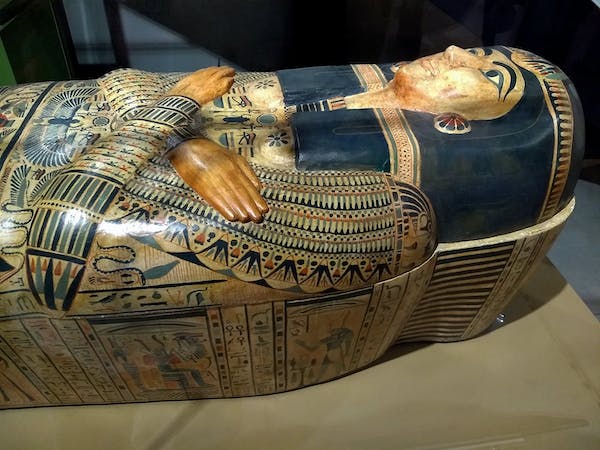
Ancient Greeks Pagan Funeral Customs
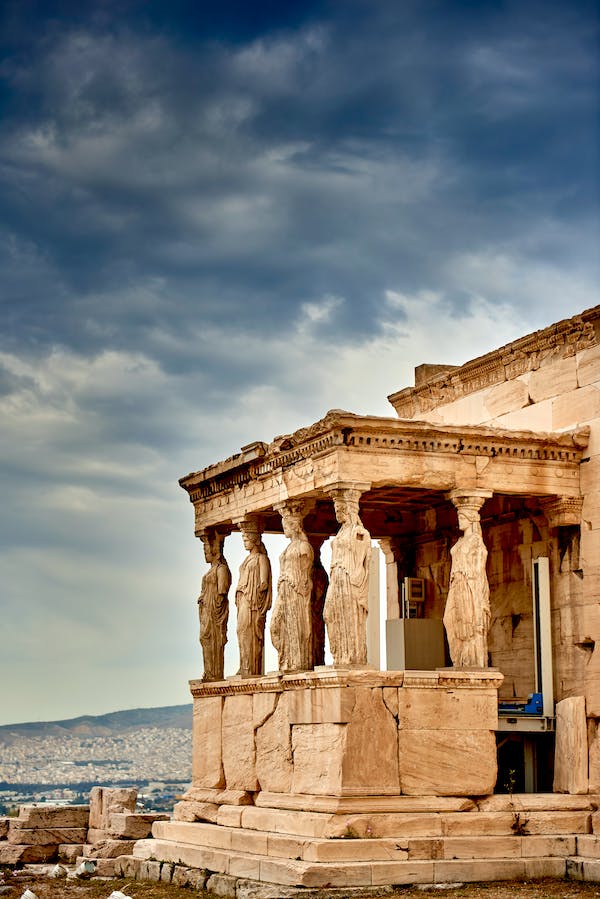
When it comes to the ancient Greeks, much was lost due to the burning of the Library of Alexandria. What is known, however, is that the Greeks had a harsher view of death that was not kind to humans. Earlier Greeks believed that the dead were living a bodily existence under the earth, while during the Homeric era this idea gave rise to the concept of an afterlife that was filled with disembodied souls. Hopelessness and despair prevailed in many subcultures in ancient Greece. This can be shown in one of their funeral traditions about crossing the river Styx, which involve placing a coin in the mouth of the deceased to compensate Charon, the ferryman, who would help them with their passage into the netherworld. The Greeks feared that without this funeral custom the unlucky soul would be doomed to wander 100 years on the shores.
The ancient Greeks were among the first cultures to popularize cremation as a disposition method. Around 1000 BCE they started using clay urns to house the cremains of the dead, and by 800 BCE this method was ubiquitous. In modern funeral customs, CANA reports that cremation rates are now over 57% and trending up.
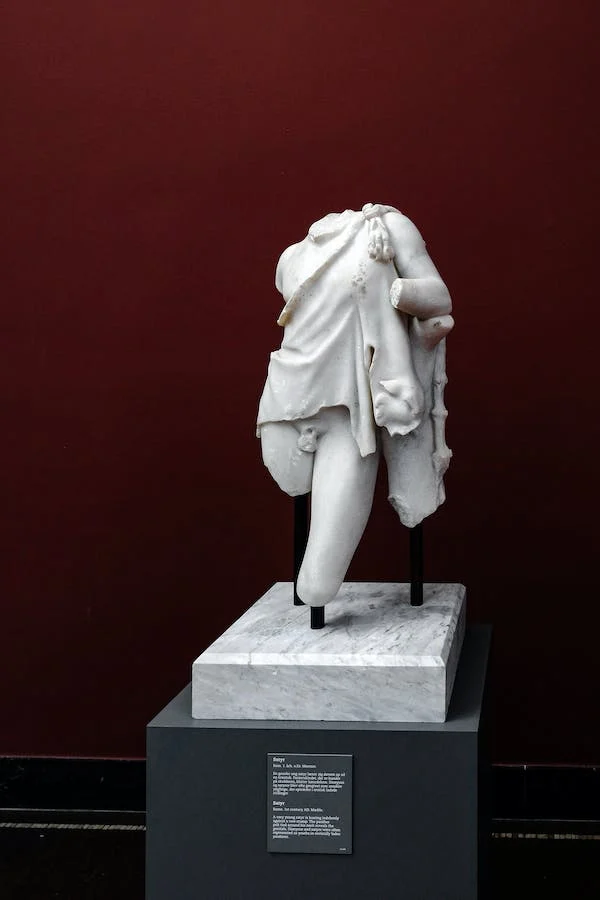
The Greeks were known for having a tradition where the mourners would wear dark colors. Flowers would also be furnished for the deceased by family and friends during the funeral service. If the body was not going to be cremated, then it would be enclosed in a coffin and placed in a tomb. These ancient Greek customs resemble close to that of the modern funeral service. After the procession, a funeral feast would take place to break the fast of the bereaved. Although it is not as common to fast by the average person in the modern era, this feast is known as the ‘procession’ in today’s funeral tradition.
Ancient Romans Pagan Funeral Customs
The ancient Romans would be regarded by many as the culture that most closely resembles modern funeral practices. They developed a record keeping system where deaths would be registered at the temple, much in the same manner that funeral homes keep records of all their decedents. This period in history also welcomes the emergence of the secular undertaker. Roman funeral customs had the Libitinarius, the roman undertaker, assume the role of arranger, embalmer, director, and supplier of all mortuary items. The role of the Libitinarius in ancient Rome closely mirrors that of the modern-day funeral director.
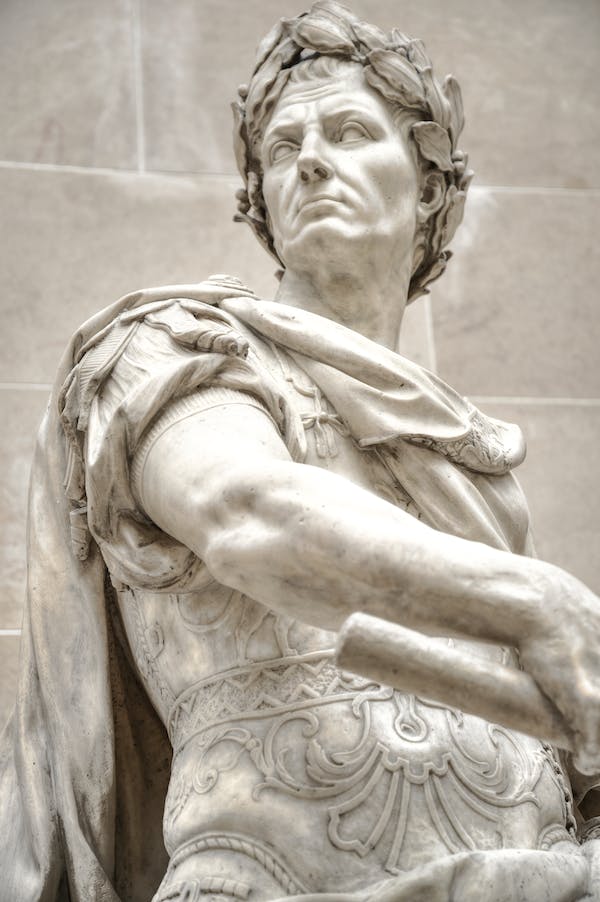
During the period of the Republic and the 1st century after Christ, cremation was a normal practice before later being replaced by inhumation. The creation of the columbaria allowed a resting place for the ashes of the dead. They would be placed in an urn, and the urn would be placed in niches that housed them. Columbaria are still used to this day, and as cremations continue to rise in popularity many more will continue to pop up in modern day funeral practices.
As a result of their organizational skills, assignment of labor, and innovation of the columbarium, the ancient Romans may very well have had the most influence on current funeral practices.

Hi, this is a comment.
To get started with moderating, editing, and deleting comments, please visit the Comments screen in the dashboard.
Commenter avatars come from Gravatar.
That means you’ll get the idea some new features and press access to additional channels where you can win visibility, without having to modify mother wit of some complicated, vade-mecum migration process. https://googlec5.com